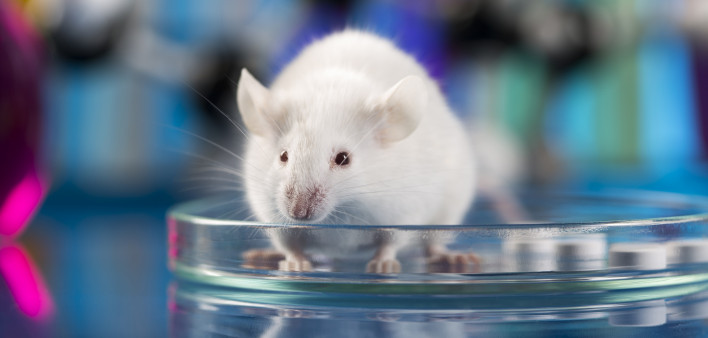Aging is associated with a reduced ability to generate immune responses against novel infections, as was recently illustrated by the high mortality among older people during the COVID-19 pandemic.
Using a mouse model of human aging and disease, NIAID scientists and Stanford University colleagues have shown that immune systems of aged laboratory mice can be made more youthful and effective at fighting disease by depleting a subset of haematopoietic stem cells (HSCs). The researchers think the method they developed may have potential for rejuvenating immunity in elderly people and are pursuing further study. Their findings are published in Nature.
When the immune system is young, balanced HSCs (bal-HSCs) dominate, producing a healthy mix of lymphoid and myeloid cells. Lymphoid cells develop into B and T cells that can adapt to new infections. Myeloid cells develop into non-adaptive and inflammatory cells that drive the immediate response of the innate immune system.
As the immune system ages, myeloid-biased HSCs (my-HSCs) start to dominate, increasing inflammatory responses and decreasing the number of lymphoid cells that can adapt to novel infections. The scientists hypothesized that if they could increase the proportion of bal-HSCs in an aged immune system by reducing the number of my-HSCs, the adaptive immune response could be returned to a more youthful state.
To test their hypothesis they identified my-HSC-specific genes in laboratory mice and then developed three methods using antibodies to deplete the targeted my-HSC gene products. Within a week the team began observing a “rebalancing” of the immune system, with increases in lymphoid cells and decreases in myeloid cells. Markers of inflammation and “immune exhaustion” associated with age also were decreased. Even after 16 weeks, a single treatment remained effective in the aged mice.
To test for functionality of the immune response, they challenged aged animals with mouse retroviruses. They observed increased virus-specific T-cell development in treated mice compared to aged untreated controls, reduced pathology, and significantly increased virus control, with four of nine treated mice completely clearing the infection.
“Taken together, these results demonstrated that my-HSC depletion in aged mice significantly improved immune responses to live viral infections,” the researchers write.
The scientists found that the my-HSC-specific antigens targeted for depletion in mice are also present in human my-HSC, suggesting that similar protocols could be used in humans.
“These experiments represent the first steps towards identifying therapeutic targets to deplete human my-HSCs and to rejuvenate the aged immune system using this strategy,” according to the researchers.
This NIAID News blog post was published by the National Institute of Allergy and Infectious Diseases on March 27, 2024.







Comments
Comments